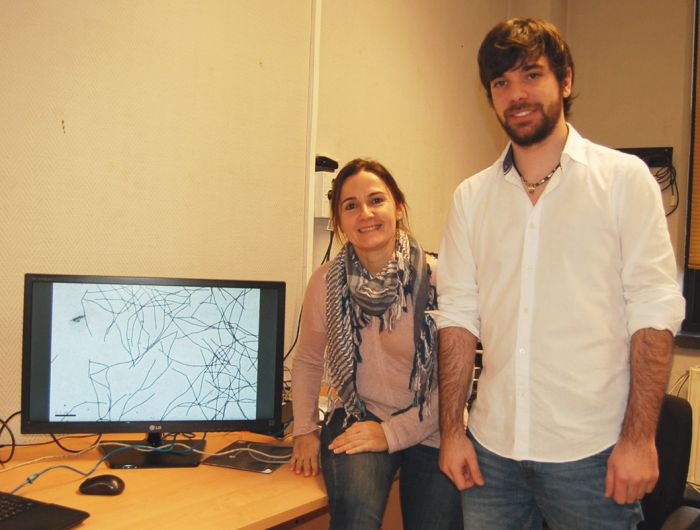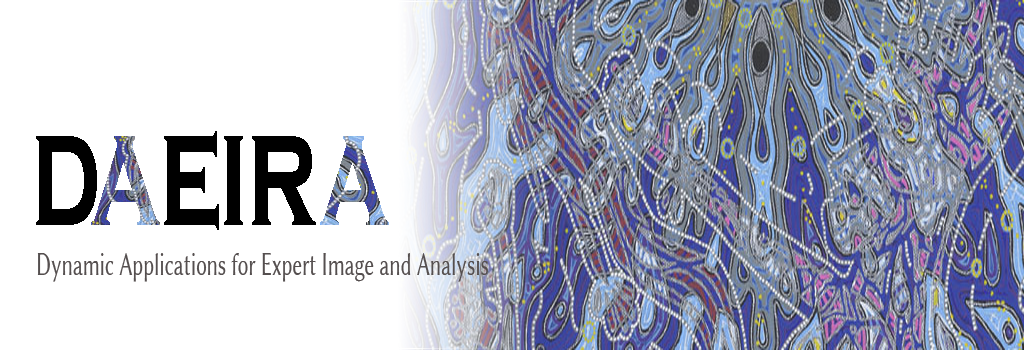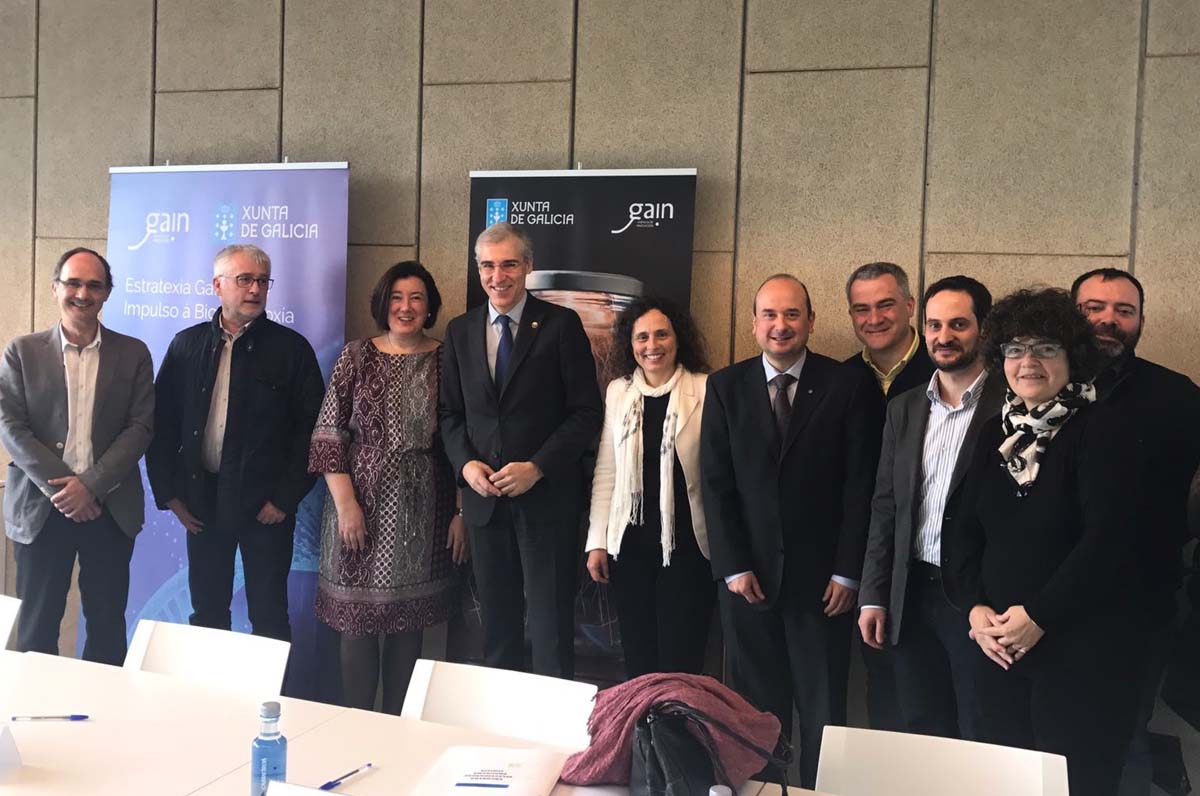The LIA2 group designs software for the characterization of nanotubes

16/12/2015
The LIA2 Applied Computing Laboratory of the School of Computer Engineering (ESEI) of the Ourense campus has a long history in the design of computer vision applications and recognition of standards for all types of public and private entities that want to make their products more efficient Work processes In this line of action, it is currently developing software for the recognition of the characteristics of nanotubes formed by the alpha-lactalbumin protein, a protein present in the milk. The development of these nanotubes is at the height of the interest they have for the food industry, as they work as microcapsules that allow incorporating and protecting molecules, such as vitamins, which are of interest to introduce foods for a given purpose.
The software is being developed within the framework of the Faetón project: a tool for the analysis of the nanotubes structures through computer vision, led by Pilar Isabel Carrión and financed in the 2015 call for Research Project INOU, of the Vice-rectorship of the campus of Ourense. Recently, the researcher of the Santiago Iglesias project has achieved an endorsement of the Technological Project Contest that is organized each year by Expourense and the Higher School of Computer Engineering. "We started this year with the project and we are in an initial but promising phase," says the project coordinator.
Treat the image so that it can be processed by the algorithms
According to the researchers, there is no generic computer vision software that resolves any house of identification of patterns or characteristics. "In fact, they only provide help tools that have to be supervised by the expert, so it is necessary to design and develop the appropriate software for each specific problem," says Carrión Pardo. In this context, he adds, Faetón's design emerged to meet the needs of the Department of Analytical and Food Chemistry of the University of Vigo, which seeks software that allows it to obtain the main characteristics of the nanotubes formed by the alpha-lactalbumin protein from captured images By its researchers with electronic microscopes. "The software would expand the possibilities of investigating the particularities of these nanostructures," emphasizes ESEI's teacher.
The software is being developed within the framework of the Faetón project: a tool for the analysis of the nanotubes structures through computer vision, led by Pilar Isabel Carrión and financed in the 2015 call for Research Project INOU, of the Vice-rectorship of the campus of Ourense. Recently, the researcher of the Santiago Iglesias project has achieved an endorsement of the Technological Project Contest that is organized each year by Expourense and the Higher School of Computer Engineering. "We started this year with the project and we are in an initial but promising phase," says the project coordinator.
Treat the image so that it can be processed by the algorithms
According to the researchers, there is no generic computer vision software that resolves any house of identification of patterns or characteristics. "In fact, they only provide help tools that have to be supervised by the expert, so it is necessary to design and develop the appropriate software for each specific problem," says Carrión Pardo. In this context, he adds, Faetón's design emerged to meet the needs of the Department of Analytical and Food Chemistry of the University of Vigo, which seeks software that allows it to obtain the main characteristics of the nanotubes formed by the alpha-lactalbumin protein from captured images By its researchers with electronic microscopes. "The software would expand the possibilities of investigating the particularities of these nanostructures," emphasizes ESEI's teacher.

